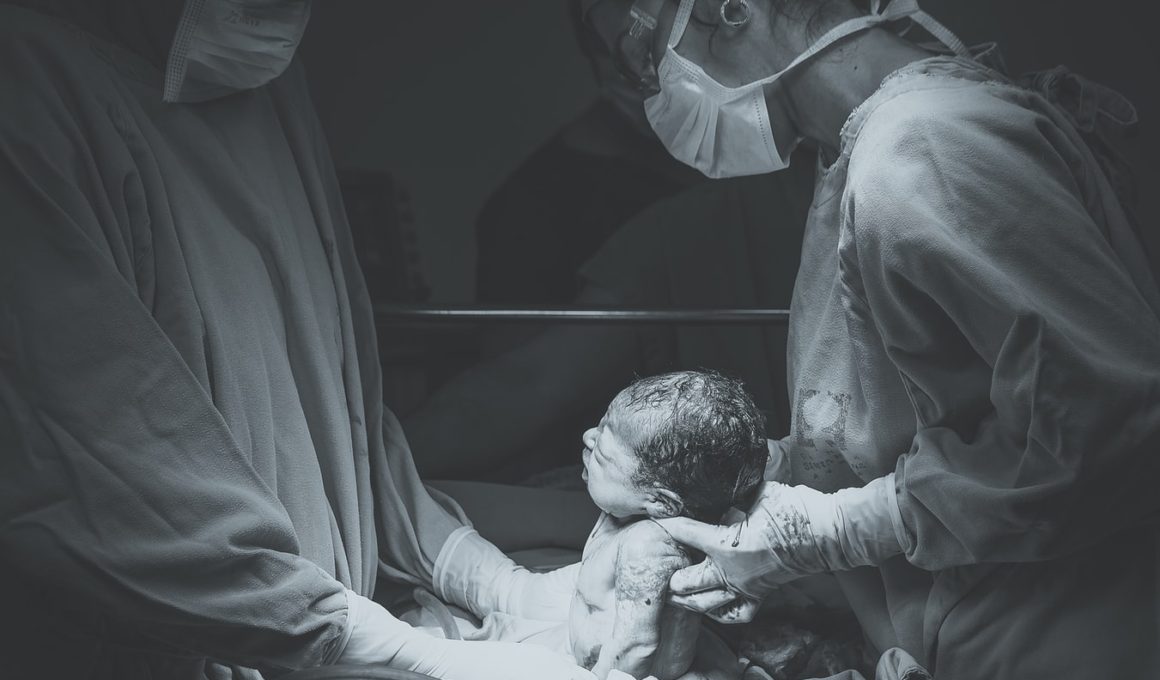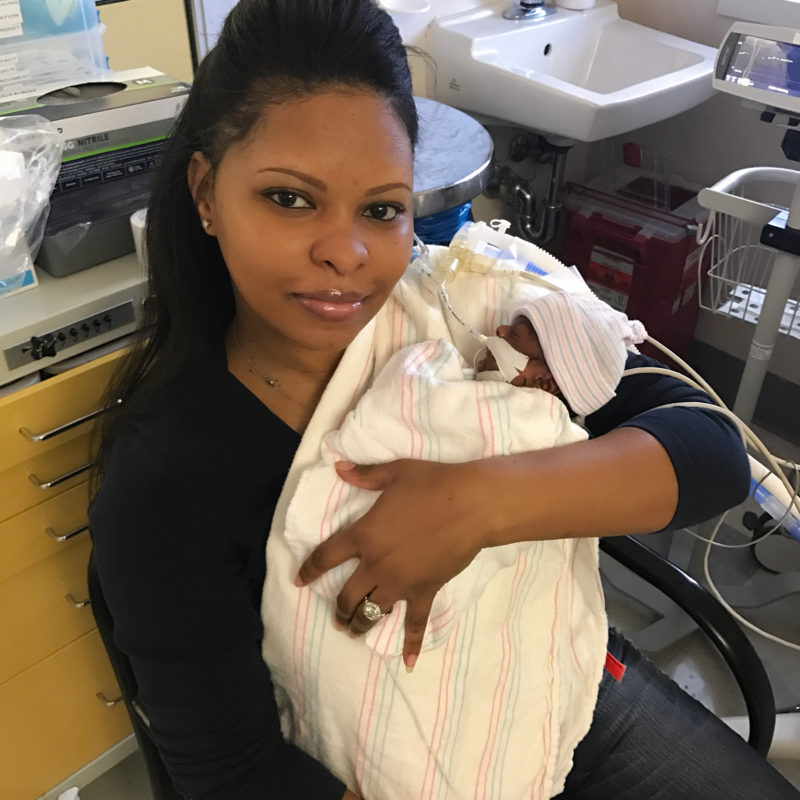Episiotomy is a surgical procedure which involves the incision of the perineum (the muscular area between the vagina and the anus) to widen the vagina to allow the baby come through it more easily during childbirth. Routine episiotomies are no more recommended as the surgical incision can be more extensive than a natural tear- not preserving the muscular and connective tissue support of the pelvic floor. Natural tears are now known to heal faster than the surgical incision, hence, episiotomies are no more recommended except in some cases.
Why episiotomy may be necessary to help with labor.
- When the baby and mother are in distress due to labor and baby needs to be delivered early.
- When the baby is larger than normal.
- When the baby’s position is abnormal and there is a complication.
- When the mother is at the risk of having extensive vaginal tearing.
- When instruments such as forceps or a vacuum extractor are required to be inserted into the vagina to get the baby out.
Related: How To Properly Heal After A Vaginal Delivery
Types of episiotomy
- Midline Episiotomy: This is also known as median episiotomy. The incision is made vertically, in the middle of the vaginal opening, straight down toward the anus.
Advantages: It heals easily, less painful, less blood loss, and lesser pain during sexual intercourse.
Disadvantage: It has a higher risk of tears extending into the anal area which may lead to the inability to control bowel movement. - Mediolateral Episiotomy: The incision begins in the middle of the vagina opening towards the anus at a 45 degrees angle. Advantages: The risk of anal muscle tear is lower.
Disadvantages: It’s often more painful, difficult to repair, increased blood loss, discomfort during sexual intercourse.
Episiotomy procedures:
Anesthesia is used so you don’t feel any pain when an incision is being made and when it’s been stitched. The area is cleaned with soap then the doctor or midwife will make the cut depending on the type of episiotomy required. The baby’s head is well protected during this period. The tissue below the incision is slightly pinched to prevent further tearing. After birth, the vagina and perineum are cleaned and the extent of tear is checked. Then the doctor commences the repair by the use of a surgical thread or sutures.
Healing from an episiotomy
There is no need to go to the hospital to remove the suture as it will dissolve on its own. A normal indicting heals within 4-6weeks. Depending on the degree of episiotomy (1st-4th), recovery may be slightly longer. There is usually a discomfort around the vaginal after an episiotomy which may be noticeable while walking or sitting. Painful urination and painful sexual intercourse frequently occur after this procedure.
Related: Sex After Delivery: What to Know
How to reduce this pain
- Use of pain-relieving medications- this should be administered according to the severity of the pain. Diclofenac is more common. New mothers are advised to seek their doctor’s attention to avoid self-medicating.
- Use of squirt bottle containing warm water to clean yourself after using the toilet – Squirting warm tap water on your perineum will keep it clean and may provide comfort for pain instead of using toilet paper soap.
- Application of ice packs immediately after birth – this should be done in the firstborn 24 hours after childbirth to help decrease the swelling and ease pain around the area.
- Drinking a lot of water to soften stool to avoid painful bowel movement/constipation.
- Carrying out pelvic floor exercises to strengthen the muscle around the vagina and anus.
- Lastly, keeping the area dry and clean is important.
Mothers should look out for any signs of infection around the area. Such as:
- Skin redness
- Swollen skin
- Discomfort
- Unusual smell
- Discharge of pus or liquid from cut.
Contact your health provider if you have concerns regarding your healing and count on your them to see you through this period.
- How To Revive Your Sex Life After Baby - October 17, 2023
- The Sona App Aims To Make Your Child “Sleep Like A Baby” And We Tested It - May 14, 2023
- 7 Ways To Get Some Alone Time As A Mom - March 1, 2023








